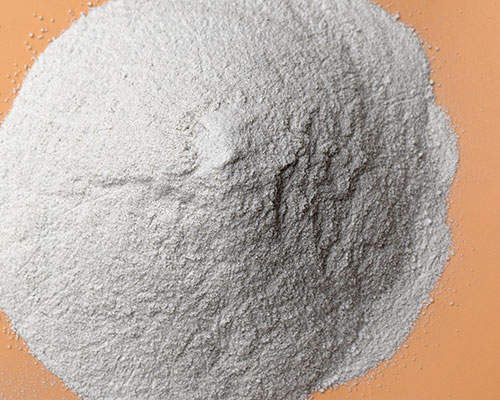The advantage of powdered flux is that it is a powder and can be evenly distributed in the molten aluminum-silicon alloy. It also contains all the main components of the flux in one package, so the molten aluminum-silicon alloy can be purified and refined step by step.
The fluxes for aluminum melting dispersed in the carrier gas are injected into an effective amount of molten aluminum-silicon alloy to produce acceptable castings from the alloy. The main advantage of this method is that the powder fluxes can be uniformly dispersed into the molten alloy in one step.
The function of the fluoride without sodium and hydrogen is to dewet the oxide impurities in the molten mixture of aluminum and silicon, so they can float to the surface of the molten mixture of aluminum and silicon and be removed there. They also help to remove hydrogen. The fluoride-free of sodium and hydrogen may contain other elements such as silicon, boron, titanium, and aluminum. Representative examples include fluorides such as KF, MgF2, AlF3, and K3 AlF6.
The other required component of powdered flux is amorphous or encapsulated red phosphorus. Its function in the powdered flux is to refine the silicon particles in the molten aluminum and silicon mixture, so that larger primary silicon particles will not be formed, and these particles will not be uniformly distributed throughout the alloy. The amount of red phosphorus used in the powdered flux is sufficient to produce an alloy that can be used to produce acceptable castings.

Powder flux contains hexachloroethane or p-dichlorobenzene. The basic function of hexachloroethane or p-dichlorobenzene is to remove dissolved hydrogen from the molten mixture of aluminum and silicon. Dissolved hydrogen is an impurity that can lead to the formation of pinholes in castings produced from alloys. Another function of flux is to remove calcium and sodium.
The particle size of the powdered flux is also important. If the particle size is too large, it will be more difficult to evenly distribute the powdered flux into the molten mixture of aluminum and silicon.
The powdered flux is dispersed in a carrier gas such as nitrogen, argon, helium or chlorine. If a powdered degasser is not used, chlorine is used as the carrier gas because chlorine acts as a degasser. The dispersion is fed into the molten mixture of aluminum and silicon through a spray gun, such as a silicon carbide or refractory spray gun. In the molten mixture, the removal of impurities and the refinement of silicon proceed simultaneously.

